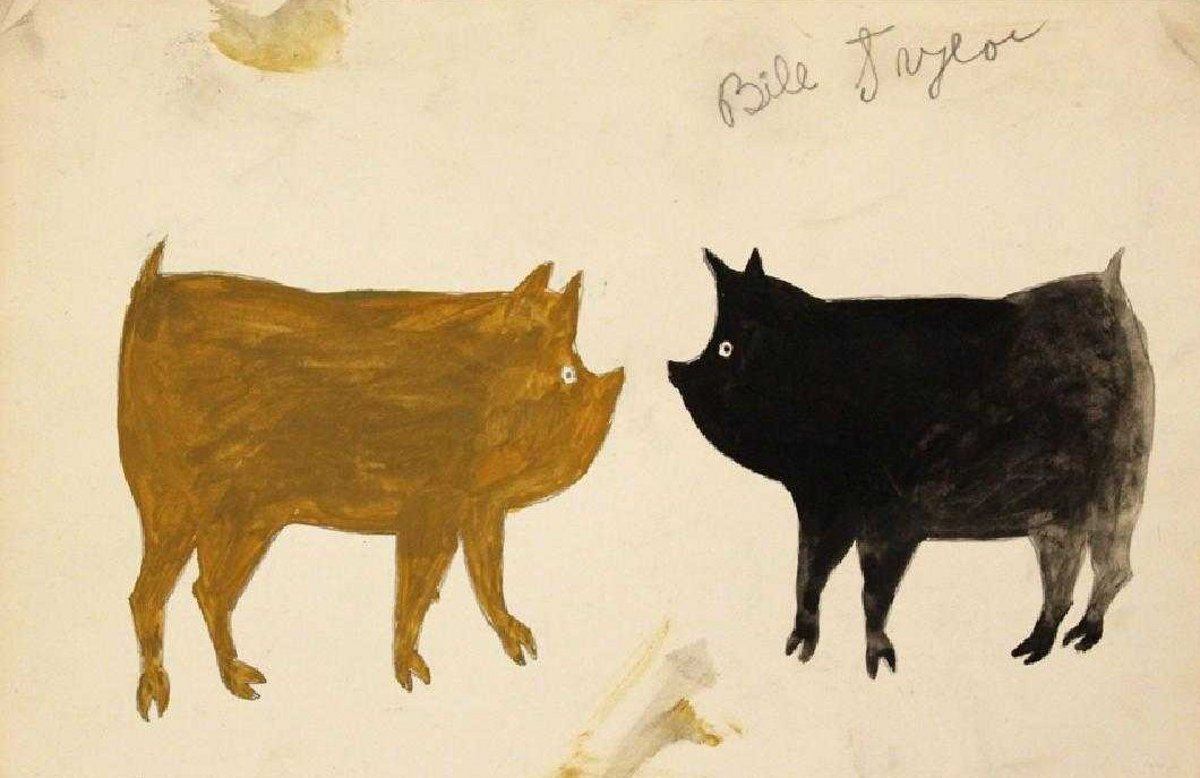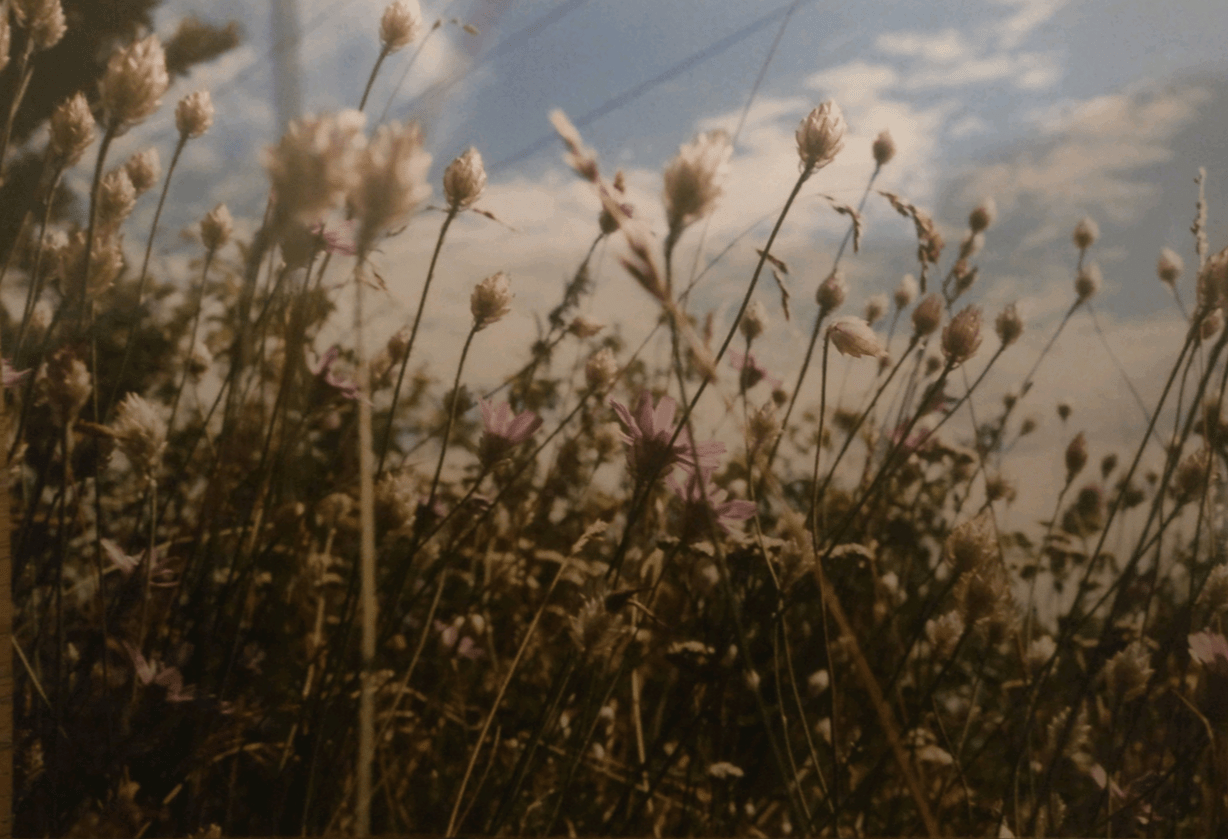Tag: thinking
-

A Line / Align
“A walk marks time with an accumulation of footsteps. It defines the form of the land. Walking the roads and paths is to trace a portrait of the country…” – Richard Long, Selected Statements and Interviews, Haunch of Venison Press, 2007 There is a rich history underfoot, and the very act of walking is…
-

Join The Learned Pig!
The Learned Pig is looking for two new section editors to take a lead as we expand and adapt our editorial offering over the course of 2019. Each new section editor will take charge of one editorial thread and help to shape its direction. Currently these are art, thinking, nature, writing, but we will be…
-

Noticing the Invisible
In cities, we don’t usually see polluted air in front of our eyes, but its impact may still be felt inside our lungs. According to Open Air Laboratories at Imperial College, “In contrast to the visible smogs that affected cities in the past, much of the air pollution in the UK today is largely invisible…
-

Unravelling Gardens
Along the Ijssel, a river that partly forms the border between the two eastern provinces Gelderland en Overijssel in the Netherlands, one can find a beautiful biodynamic garden known as De Oosterwaarde. For over a timespan of twenty-five years, its farmers have been growing all sorts of vegetables and have recently dedicated a part of…
-

The Garden as Form
This is not your garden-variety reflection on gardens. It is, in fact, extremely difficult to think about gardens, at a carefully calibrated distance thinking requires, because our minds are awash with positive, sentimental, and nostalgically inflected cultural associations with these cultivated, carefully manicured green spaces. Forests connote danger and darkness, disorientation and wild life, both…
-
![The Book of Feral Flora [extract]](https://thelearnedpig.org/wp-content/uploads/2018/11/0033-1.jpg)
The Book of Feral Flora [extract]
I planted a garden and removed the weeds because they were getting too tall and too abundant. Some were choking my other plants and some smelled of decaying spinach or mint. Then when summer came I noticed lichens (plants that eat light and nothing more) growing on the trunks of my fruit trees like tiny…
-

The Garden Dystopia
The dull necessity of weeding arises, because every healthy plant is a racist and an imperialist; every daisy (even) wishes to establish for itself an Empire on which the sun never sets. — Ian Hamilton Finlay In one of his short stories, Dolce notte (Sweet night), the Italian writer and poet Dino Buzzati…
-

Editorial: Tuin Stemmen (Garden Voices)
Situated in the small town of Hummelo in the east of the Netherlands is the private garden of the renown Dutch landscape designer Piet Oudolf, that poignantly reflects his usual loosely planted meadow style. The surrounding landscape is however a characteristic polder: flat and wet. Walking into the garden of Oudolf is like entering a…
-

On Time and Mess
Once we understand excess, then we can get really simple. – Robert Rauschenberg Exploring poetry’s absent indispensable character Because poetry is not a thing that lives, to put it mildly, upon the regulation and control of grammar and correct spelling, in the final preparations for the publication of my book, ‘I fear…
-

Hic fuerunt dracones
Scary Monsters I: mapping the landscape of monstrosity When early map-makers depicted the world, they filled in the familiar regions with exquisite detail – names, places and things thought to exist there, rich layers of imagery and knowledge that resonated with those viewing and using the charts. The unknown regions were an informational blank, a…
-

The monstrous body
Scary Monsters II: global greed and the gluttonous dodo Monsters are not just things that lurk under the bed. They are powerful images that have always been used to represent the things we might not want to face in ourselves, as individuals or as communities. Different monsters have represented different fears or anxieties in different…